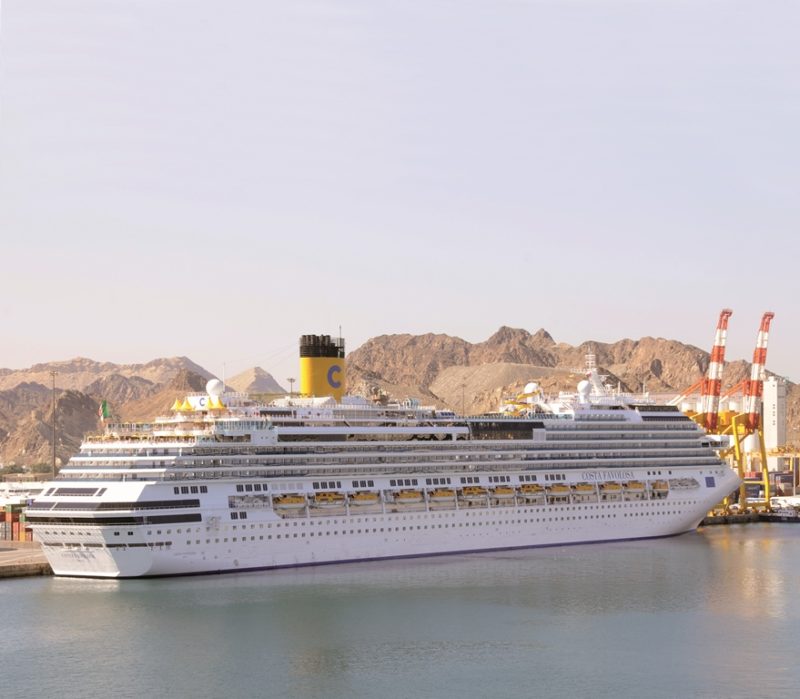
Oman is an ostensible anomaly in the Arab world, in that it is a Western leaning country in the traditional Arab inward leaning Middle East community. One can observe this at first hand at the Al Buraymi border crossing from Dubai and Abu Dhabi, both in the United Arab Emirates (UAE), into Oman on the Sohar road. Al Buraymi offers a colourful introduction into Oman with men wearing embroidered Omani caps known as a ‘kummah’ and white ankle length robes known as a ‘dishdasha’, rather than the full, Arab headdress cover favoured in the UAE, and women wearing traditional Bedu burka face masks and black full length gowns known as an ‘abaya’. A white ‘dishdasha’ is mandatory for all male office employees of the Government of Oman and its ministries, and in most other offices. Foreign businessmen must wear a lounge suit, shirt and tie with all visible jewellery removed, while foreign women must wear high necklines and skirts with hemlines down to ankle length, or certainly well below the knees to avoid giving offence.
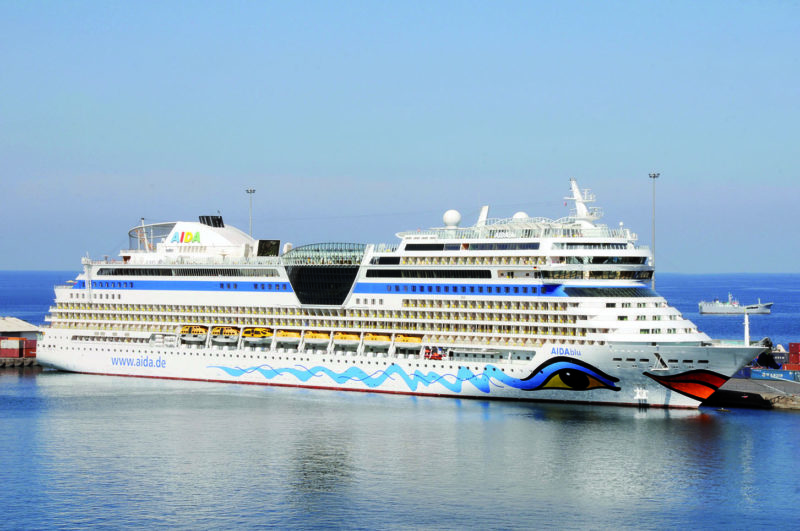
HISTORY OF MUSCAT and OMAN
Muscat in Arabic means ‘the place of falling’, in this case the dropping of anchors in the Old Harbour of Muscat town. In the sixth century BC, the Persians attacked this region and made incursions to control parts of the Persian Gulf and most of neighbouring Oman for a period of time. The British called the area the ‘Trucial States of Muscat and Oman’, and British Royal Engineers hacked out the first one lane track into the Old Harbour of Muscat in 1929 through the Eastern and Western Al Hajar mountains rising up to 4,500feet in height. Muscat became the capital of Oman despite its isolated location, and the town walls that one sees today are reconstructions of the original ones built by the Portuguese. Afonso de Albuquerque of Portugal attacked Muscat and its port in 1507 by sea, and after the town fell, he massacred most of the men, women and children and pillaged the town. The Portuguese held Muscat for well over a century despite frequent onslaughts from the Turks and Persia. The Imam of Oman sent an army in 1648 to seriously weaken the Portuguese defences of Muscat, and two years later they secured the surrender of Portuguese forces.
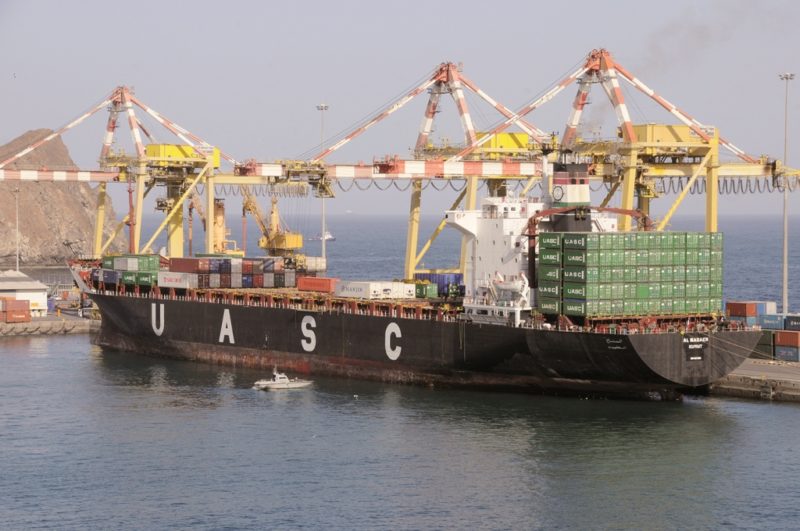

The ruling Arab royal family of the Al Bu Sa’id dynasty emerged after this turbulent period, and they still rule Oman today. By the middle of the 18th century, the influence of the Port of Muscat stretched to East Africa and Zanzibar, and with a multi-ethnic community it became a major trading harbour. The border crossing between Oman and Saudi Arabia at Ramlat Khaylah takes one into the extremely hot desert of the southern third of what today is Saudi Arabia, and is called the Rub’ al Khali or the ‘Empty Quarter’, where average daily temperatures reach almost fifty degrees Centigrade. This is the largest contiguous sand desert in the world, encompassing an area covering 251,000 square miles, a peak temperature of 51 degrees Centigrade was recorded here recently, way beyond the normal operating temperature for most of mankind, with only the few roaming Bedouin tribes having the knowledge of how to cross this trackless area with their camel trains.
The Islam religion of the prophet Mohammed was embraced in the year 630 when Omanis sent emissaries to Muslims in the Western Arabian city of Medina. Islam then became the religion of all Omanis and other Arabs that today form part of the United Arab Emirates (UAE). The Western powers of Europe and the United States of America had little idea of what lay in what is now Oman, Saudi Arabia and the UAE. The discovery of oil in the lands of the northern part of the Persian Gulf changed that area to a huge extent, but the southern lands remained an enigma, shrouded in mystery. The adventurer Wilfred Thesiger crossed the Rub’ al Khali in 1948 with the help of the native Bedouin tribes, but the fabled lost city of Ubarin a remote area of Oman was only discovered as recently as 1992.
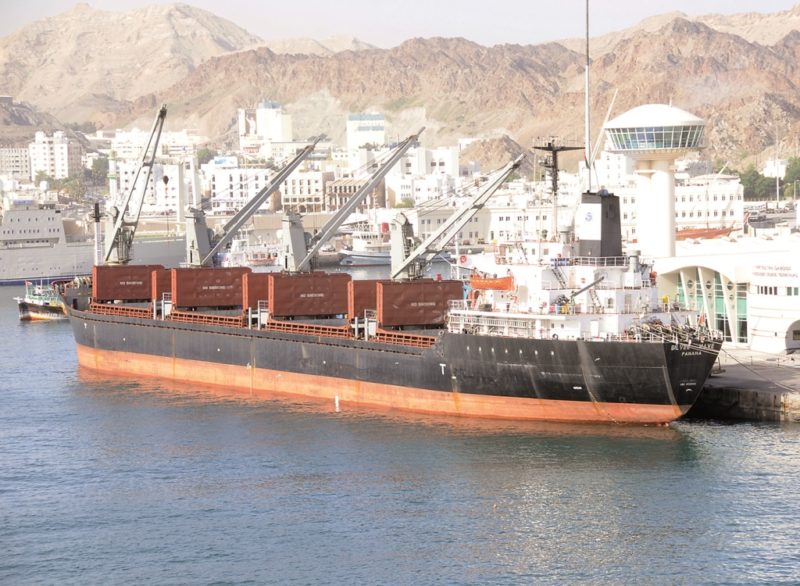
The British arrived in the area shortly after 1800 with Dubai being no more than a fortified town, surviving despite frequent pirate attacks. The first set of peace treaties between the Arabs and Britain was in 1820 in the sheikdom that was called the ‘Trucial Oman’ and is now part of the UAE. The small number of these sheikdoms could be counted on the fingers of two hands, who owed their allegiances to either the Sultan in Muscat, the capital of Oman, or the sheikh in Abu Dhabi. In 1891, Britain established a special relationship with Oman by Treaty. Since then, Britain has intervened in the traditional quarrels of the Ibadi Muslims with the Sunni Muslim minority, and in the rivalries between the main tribes. The British deposed the last Ibadi Imam leader in 1958. The present Sultan Haitham bin Tariq Al Said has his palace in Muscat,but he also makes occasional visits to Salalah, the Omani city of the southern Dhofar part of the country.
Sign-up today to read the full article!
Simply click below to sign-up and read the full article, as well as many others, instantly!

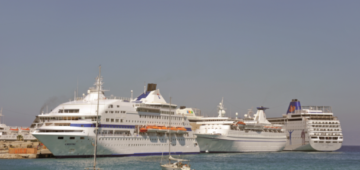




Comments
Sorry, comments are closed for this item